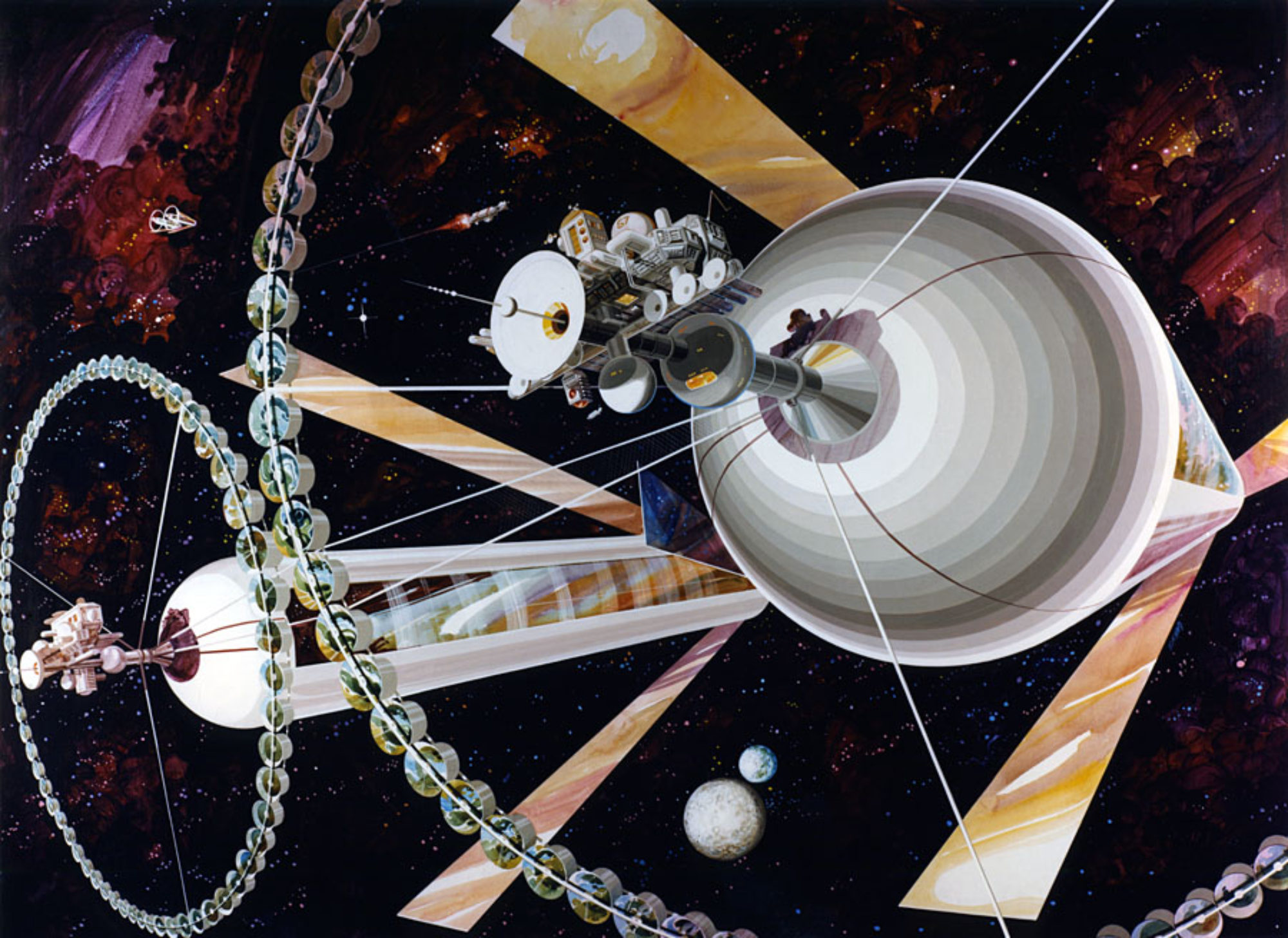
As part of the Commercial Lunar Payload Services (CLPS) initiative, NASA has selected Intuitive Machines to deliver ice harvesting equipment called Polar Resources Ice Mining Experiment (PRIME-1) to the Moon’s south pole. In a press release from yesterday, Intuitive stated that the instrument package includes a drill to excavate ice ladened regolith and a mass spectrometer to characterize the volatiles, the data from which will be used by the VIPER mission to follow shortly thereafter. Knowing how much water is available and how accessible it is will inform subsequent in situ resource utilization efforts needed for sustainable human outposts planned for later this decade.






